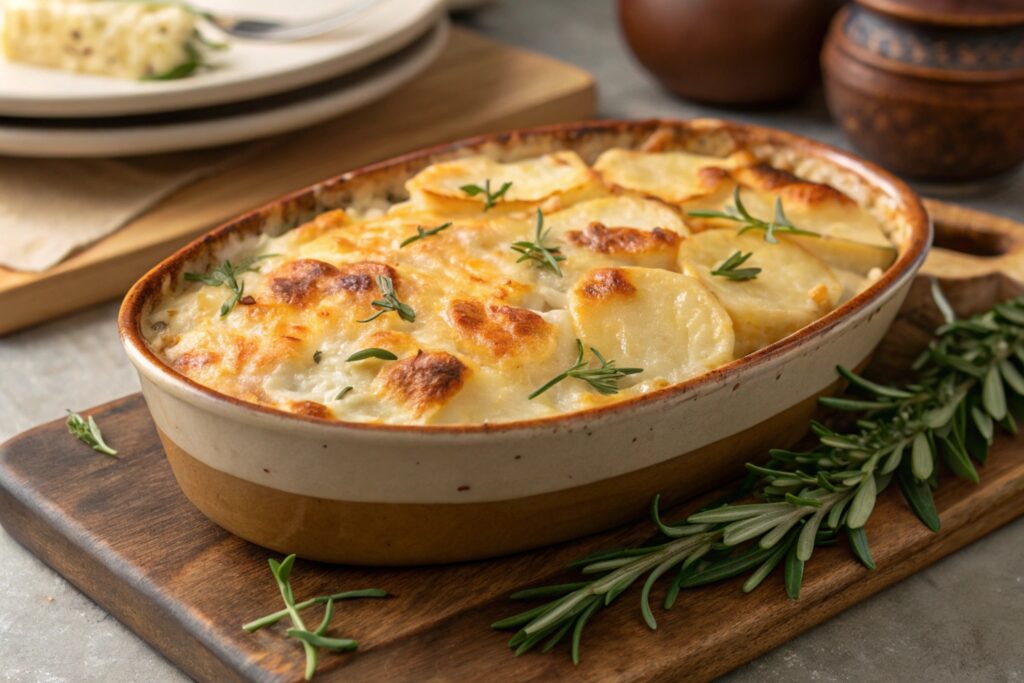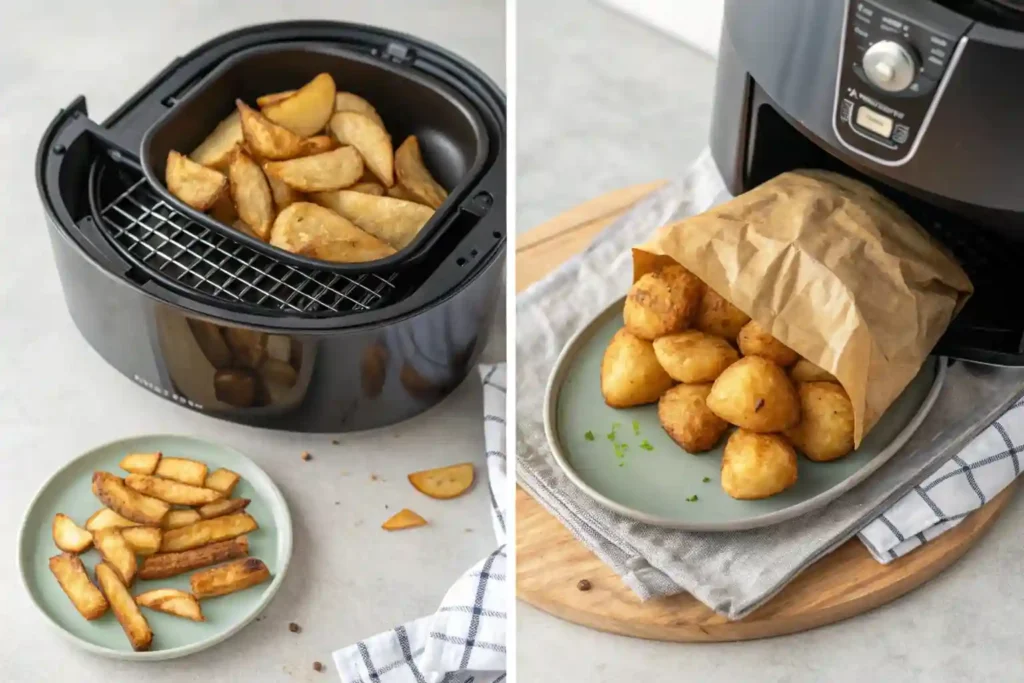Table of Contents
1. Introduction to Frozen Potatoes
Frozen potatoes have become a staple in many kitchens around the world. Their convenience and versatility make them an excellent choice for busy families and individuals looking to save time without sacrificing flavor. In this article, we will explore the benefits of using potatoes, how to cook them perfectly, and answer some common questions about their use.
Benefits of Using Frozen Potatoes
- Convenience: Frozen potatoes are pre-prepared, saving you time in the kitchen. You can easily grab a bag from the freezer and have a side dish ready in minutes.
- Long Shelf Life: Unlike fresh potatoes, which can spoil quickly, potatoes can last for months in your freezer, making them a great option for meal planning.
- Nutritional Value: Frozen potatoes are often flash-frozen shortly after harvest, preserving their nutrients. They can be just as nutritious as fresh potatoes, if not more so.
Types of Frozen Potatoes Available
There are several types of potatoes you can find in your local grocery store, including:
- French Fries: A classic favorite, available in various cuts and styles.
- Tater Tots: Bite-sized, crispy potato bites that are perfect for snacking or as a side dish.
- Hash Browns: Shredded potatoes that can be cooked until crispy, ideal for breakfast.
- Mashed Potatoes: Pre-made mashed potatoes that only require reheating.
- Potato Wedges: Thick-cut potatoes that are seasoned and baked or fried.
2. Are Frozen Potatoes Any Good?
One of the most common questions people have about potatoes is whether they are any good. The answer is a resounding yes! Here’s why:
Nutritional Value of Frozen Potatoes
- Vitamins and Minerals: potatoes retain most of their vitamins and minerals, including vitamin C, potassium, and dietary fiber. They can be a healthy addition to your diet.
- Low in Calories: When prepared without excessive oil or butter, potatoes can be a low-calorie option, making them suitable for various diets.
Taste and Texture Considerations
- Flavor: Many brands of potatoes are seasoned to enhance their flavor. When cooked properly, they can taste just as good as fresh potatoes.
- Texture: The texture of potatoes can vary depending on the cooking method. For example, air-frying can yield a crispy exterior, while boiling may result in a softer texture.
Common Misconceptions About Frozen Potatoes
- Taste: Some people believe that potatoes lack flavor. However, with the right cooking techniques and seasonings, they can be incredibly delicious.
- Quality: There’s a misconception thatfrozen potatoes are of lower quality than fresh. In reality, many frozen options are made from high-quality potatoes and can be just as satisfying.
Conclusion of Part 1
In this first part of our exploration of potatoes, we’ve discussed their benefits, nutritional value, and addressed the common question of whether they are any good. In the next part, we will delve into the safety of consuming potatoes and explore the brand of potatoes used by popular fast-food chains like McDonald’s.
3. Is It OK to Eat Potatoes That Have Been Frozen?
When it comes to potatoes, many people wonder about their safety and quality. Here’s what you need to know:
Safety of Consuming Frozen Potatoes
- Freezing Process: Frozen potatoes are typically blanched before freezing, which helps kill bacteria and preserve their quality. This process makes them safe to eat.
- Storage Guidelines: To ensure safety, store n potatoes at 0°F (-18°C) or lower. Proper storage prevents freezer burn and maintains quality.
Signs of Spoilage or Freezer Burn
- Freezer Burn: This occurs when frozen potatoes are exposed to air, leading to dry spots and off-flavors. While freezer-burned potatoes are safe to eat, they may not taste as good.
- Texture Changes: If the potatoes have become mushy or have an unusual color, it’s best to discard them.
- Odor: A strong or off-putting smell is a sign that the potatoes may have spoiled.
Best Practices for Storing Frozen Potatoes
- Keep Them Sealed: Use airtight containers or resealable bags to minimize air exposure.
- Label and Date: Always label your frozen potatoes with the date of freezing to keep track of their freshness.
- Avoid Refreezing: Once thawed, it’s best not to refreeze potatoes, as this can affect their texture and flavor.
4. What Brand of Potatoes Does McDonald’s Use?
Many fast-food lovers are curious about the brand of potatoes used by popular chains like McDonald’s. Here’s a closer look:
Overview of McDonald’s Potato Sourcing
- Supplier Information: McDonald’s sources its potatoes from various suppliers, primarily in the United States and Canada. They focus on high-quality potatoes to ensure consistency in their products.
- Varieties Used: The most common variety used for their fries is the Russet Burbank potato, known for its high starch content, which results in a crispy texture when fried.
Comparison of McDonald’s Frozen Potatoes with Store Brands
- Quality Control: McDonald’s maintains strict quality control standards, ensuring that their frozen potatoes meet specific criteria for taste and texture.
- Taste Test: Many consumers find that McDonald’s fries have a unique flavor and texture that can be hard to replicate at home, even with store-bought potatoes.
Popularity of McDonald’s Fries and Their Preparation
- Cooking Method: McDonald’s fries are cooked in a blend of oils, which contributes to their signature taste. They are also seasoned with salt immediately after frying.
- Consumer Preference: The popularity of McDonald’s fries has led to a loyal customer base, with many people considering them the gold standard for fast-food fries.
5. Can You Do Anything with Frozen Potatoes?

Frozen potatoes are incredibly versatile and can be used in a variety of dishes. Here are some creative ways to incorporate them into your meals:
Versatile Recipes Using Frozen Potatoes
- Casseroles: Frozen hash browns or diced potatoes can be used as a base for hearty casseroles. Combine them with cheese, vegetables, and protein for a filling meal.
- Soups and Stews: Add frozen potatoes to soups and stews for added texture and flavor. They cook quickly and absorb the flavors of the broth.
- Breakfast Dishes: Use frozen hash browns to create a delicious breakfast skillet. Sauté them with eggs, cheese, and your favorite vegetables for a satisfying start to the day.
Cooking Methods: Baking, Frying, and Air Frying
- Baking: Spread frozen potato wedges or fries on a baking sheet, season, and bake until crispy. This method is healthier than frying and still delivers great flavor.
- Frying: For a classic taste, deep-fry frozen potatoes in hot oil. This method yields a crispy exterior and fluffy interior.
- Air Frying: An increasingly popular method, air frying potatoes requires less oil and results in a crispy texture. Simply toss them in the air fryer and cook until golden brown.
Creative Uses for Frozen Potatoes in Meals
- Potato Pancakes: Combine thawed potatoes with eggs, flour, and seasonings to create delicious potato pancakes. Pan-fry until golden brown for a tasty side dish.
- Loaded Potato Skins: Bake frozen potato skins and top them with cheese, bacon, and green onions for a fun appetizer.
- Potato Salad: Use frozen diced potatoes to make a quick potato salad. Boil them until tender, then mix with mayonnaise, mustard, and your favorite add-ins.
6. Should Frozen Potatoes Be Thawed Before Cooking?
Home cooks often wonder whether they should thaw potatoes before cooking. Here’s what you need to know:
Explanation of Thawing vs. Cooking from Frozen
Cook from Frozen: Many frozen potato products, such as fries and tater tots, are designed for cooking directly from the freezer. This method typically yields the best texture and flavor.
Thawing: Thawing potatoes can benefit certain recipes, especially if you plan to mash them or incorporate them into dishes that require a softer texture.
Pros and Cons of Thawing Frozen Potatoes
- Pros:
- Easier to Mash: Thawed potatoes are easier to mash and incorporate into recipes like potato pancakes or casseroles.
- Even Cooking: Thawing can help ensure that potatoes cook evenly, especially in dishes that require longer cooking times.
- Cons:
- Texture Changes: Thawing can lead to a mushier texture, which may not be desirable for crispy dishes like fries.
- Longer Preparation Time: Thawing takes time, which may not be ideal for quick meals.
Recommended Cooking Methods for Both Thawed and Frozen Potatoes
- For Frozen Potatoes:
- Air Frying: Cook directly from frozen for crispy results. Preheat the air fryer and cook according to package instructions.
- Baking: Spread potatoes on a baking sheet and bake until golden brown, following the recommended temperature and time.
- For Thawed Potatoes:
- Mashing: Boil thawed potatoes until tender, then mash with butter and seasoning for a creamy side dish.
- Casseroles: Use thawed potatoes in casseroles for a smoother texture and easier mixing.
7. What Is the Best Way to Cook Frozen Potatoes?

Cooking frozen potatoes perfectly requires the right techniques. Here are some of the best methods:
Step-by-Step Guide for Different Cooking Methods
- Oven Baking:
- Preheat your oven to 425°F (220°C).
- Spread potatoes in a single layer on a baking sheet.
- Drizzle with oil and season with salt and pepper.
- Bake for 20-30 minutes, flipping halfway through, until golden and crispy.
- Air Frying:
- Preheat the air fryer to 400°F (200°C).
- Place frozen potatoes in the basket, ensuring they are not overcrowded.
- Cook for 15-20 minutes, shaking the basket halfway through for even cooking.
- Stovetop Sautéing:
- Heat a skillet over medium heat and add oil.
- Add potatoes directly to the skillet.
- Cook for 10-15 minutes, stirring occasionally, until crispy and heated through.
Tips for Achieving the Best Texture and Flavor
- Don’t Overcrowd: Whether baking or air frying, avoid overcrowding the pan to ensure even cooking and crispiness.
- Season Generously: Enhance the flavor of potatoes by seasoning them with herbs, spices, or cheese before cooking.
- Preheat Appliances: Always preheat your oven or air fryer to achieve the best results.
Common Mistakes to Avoid When Cooking Potatoes
- Skipping the Oil: Not using oil can lead to soggy potatoes. A light drizzle helps achieve a crispy texture.
- Not Following Instructions: Always refer to the package instructions for cooking times and temperatures, as they can vary by brand.
- Thawing Incorrectly: If you choose to thaw, do so in the refrigerator rather than at room temperature to prevent bacterial growth.
Conclusion and FAQs
In conclusion, frozen potatoes are a convenient and versatile ingredient that can enhance your meals. With the right cooking techniques, you can enjoy delicious, crispy potatoes every time. Whether you’re using them for a quick side dish or incorporating them into a hearty casserole, potatoes are a fantastic addition to any kitchen.
For more insights on frozen meals, check out our article on Healthy Choice Frozen Meals. If you’re interested in exploring different potato dishes, consider our guide on Potato Kugel: Passover Guide. Additionally, for a delightful potato pie recipe, visit How to Make the Perfect Passover Potato Pie: Step-by-Step Guide.
FAQs
- Are frozen potatoes any good?
Yes, frozen potatoes can be just as nutritious and flavorful as fresh potatoes when cooked properly. - Is it OK to eat potatoes that have been frozen?
Absolutely! potatoes are safe to eat, provided they have been stored correctly. - What brand of potatoes does McDonald’s use?
McDonald’s primarily uses the Russet Burbank variety for their fries, sourced from various suppliers. - Can you do anything with frozen potatoes?
Yes, frozen potatoes can be used in a variety of dishes, including casseroles, soups, and breakfast items. - Should frozen potatoes be thawed before cooking?
It depends on the recipe. Many frozen potato products can be cooked directly from frozen, while others may benefit from thawing. - What is the best way to cook frozen potatoes?
The best methods include baking, air frying, and sautéing, depending on the desired texture and dish.

